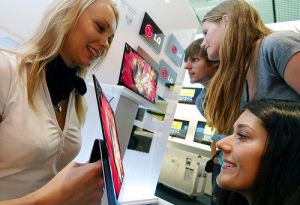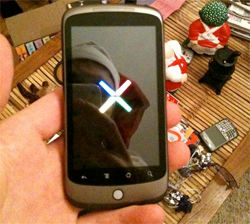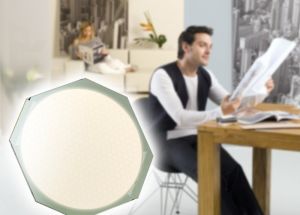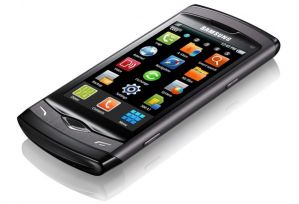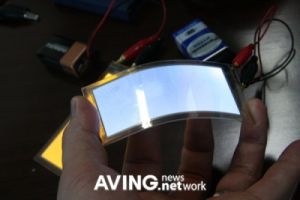Korea's Modistech is working on flexible OLED Lighting for indirect applications for quite some time, and are now planning to commercialize the technology in 2010. They will produce 150x150mm flexible OLED panels. Back in 2009, Modistech said they plan to do so in 2011, so apparently they are ahead of schedule.
Modistech's slogan for the displays is 'paper-like, fabric-like and film-like'. They say that they will change the paradigm of lighting from 'to install' to 'to attach'. They want to use OLEDs as indirect lighting which does not require high luminance, and is suitable for the flexible OLEDs. It can be used in furniture, kitchenware, airplanes and especially automobiles (make up light, glove box light, foot light and trunk light).
Modistech say that their technology minimizes the number of substrate processes and is using roll-to-roll deposition and self-developed encapsulation material. They claim that they reduce the manufacturing cost by up to 90%!.
